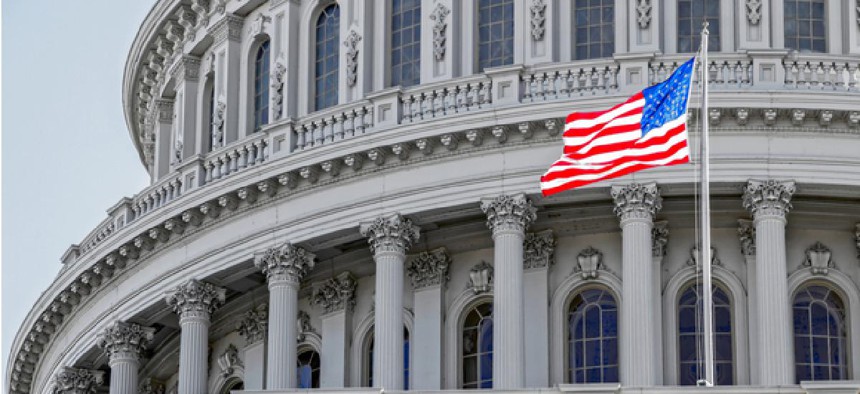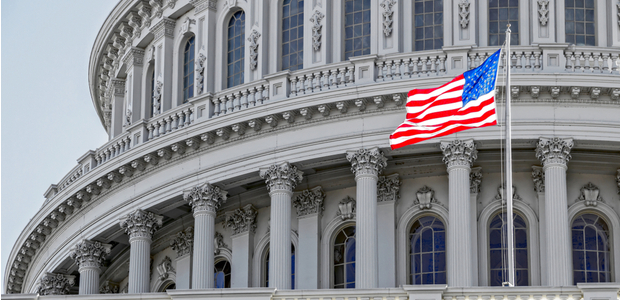Opening bids on DHS funding include more border tech

House and Senate appropriators are trying to hash out a deal for Homeland Security funding that the president will sign – and tech will likely play a big part.

The continuing resolution currently funding the government expires Feb. 15, and to avoid another shutdown a conference committee of appropriators is meeting to hash out a compromise deal on border security.
While President Donald Trump's recent tweets and public statements suggest he doesn't think lawmakers can come up with a deal that includes funding for a border wall, lawmakers from both parties are looking to improved technology as a solution to curtailing illegal immigration and smuggling.
House Homeland Security Appropriations Subcommittee Chairwoman Lucille Roybal-Allard (D-Calif.) and House Appropriations Committee Chairwoman Nita M. Lowey (D-N.Y) are floating a plan that is heavy on technology and new personnel.
The proposal, unveiled on Jan. 30, includes plans for new drug and contraband detection gear for incoming vehicles at land ports of entry; new opioid detection equipment for international mail coming into U.S. postal facilities; and "cutting edge technology" for situational awareness along the border.
The proposal also would expand Customs and Border Protection's air and marine operations along the border and in U.S. waters. The pitch did not provide details on what specific kinds of technology were being proposed.
Roybal-Allard said the plan would include not only gear to detect contraband in incoming traffic at land ports of entry, but also detection capabilities for outgoing traffic to help "ensure more vehicles leaving the country are scanned for smuggled weapons and the proceeds of drug sales."
The package is similar to a Jan. 19 White House proposal that included hundreds of millions for border security and detection technologies.
"Smart technology is part of a comprehensive solution, but it is not the solution in and of itself," said Senate Appropriations Chairman Richard Shelby, R-Ala., who is serving as vice-chair of the conference committee. "Cameras, sensors, drones and other smart technology highlight the gaps and vulnerabilities along our border. In short, they provide a greater awareness of exactly where our insecurities lie along the border."
In remarks after the meeting, Rep. Lowey indicated Democrats could give a little on some issues. "House Democrats have already included $1.6 billion for border security related programs in the six outstanding appropriations bills," she said. "As we negotiate we will expand that amount in smart effective way."
Lowey told reporters after the meeting that "everything's on the table" in the upcoming discussions.
House Speaker Nancy Pelosi said "there's not going to be any wall money in the legislation" from the conference committee. While Trump appears to be intent on $5.7 billion for a border wall, there may be wiggle room in definitions of a wall, fencing and other barriers.
"It's a positive sign there appears to be agreement among the people talking,” said Mike Hettinger, a former Hill staffer who is now an IT lobbyist in Washington. "But how it plays out at the White House is the $64,000 question."
Hettinger added that today's detection, sensor and data analysis technologies have come a long way since CBP tried to implement the failed SBINet project -- billed as a high-tech virtual wall -- that cost an estimated $8 billion before DHS abandoned it in 2008.


